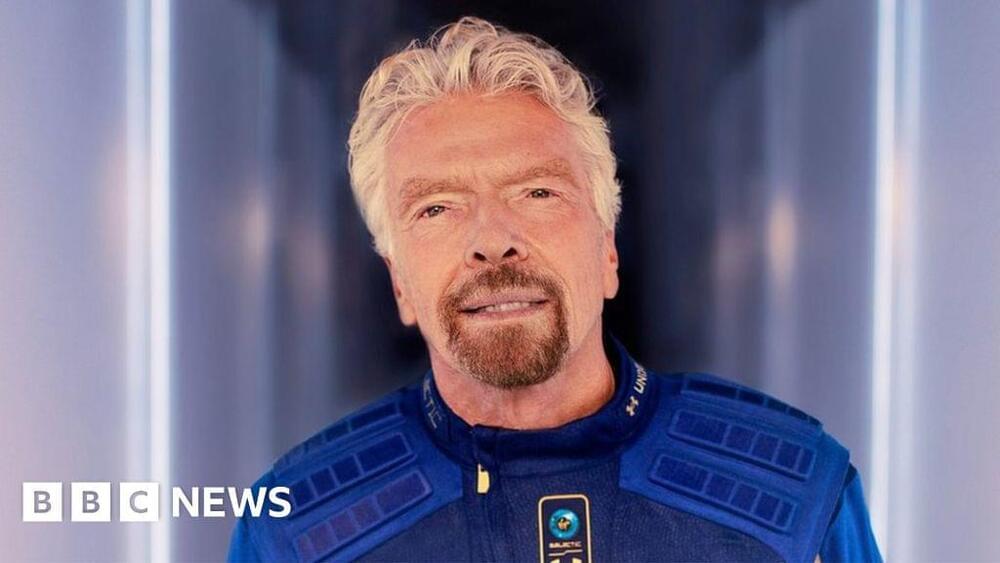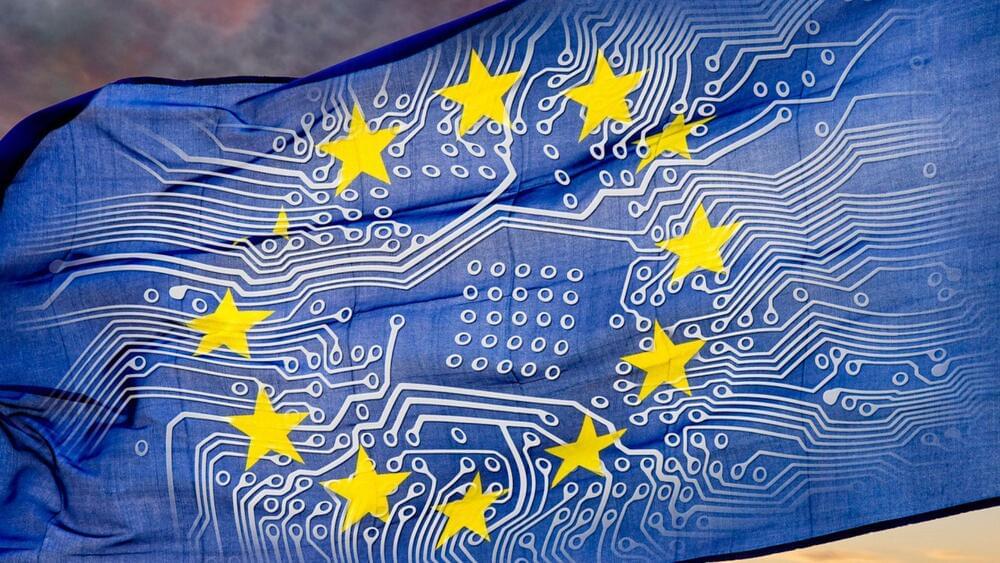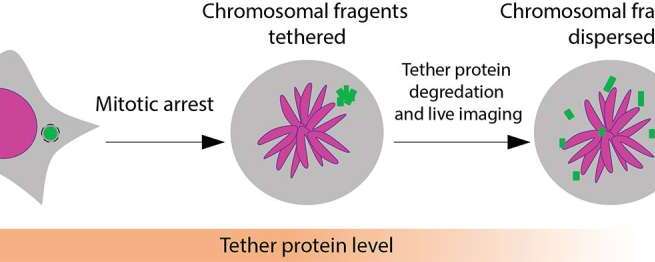IBM in collaboration with UC Berkeley researchers announced a recent breakthrough experiment which indicates that quantum computers will soon surpass classical computers in practical tasks.
Now, the company is taking another major step that has never been done before by it. The company is making the 127-qubit quantum computer publicly available over IBM Cloud.
The IBM researchers measured the noise in each qubit and extrapolated their measurements to predict the system’s behaviour without noise. They successfully ran calculations involving all 127 qubits of the Eagle processor, marking the largest reported experiment of its kind.







